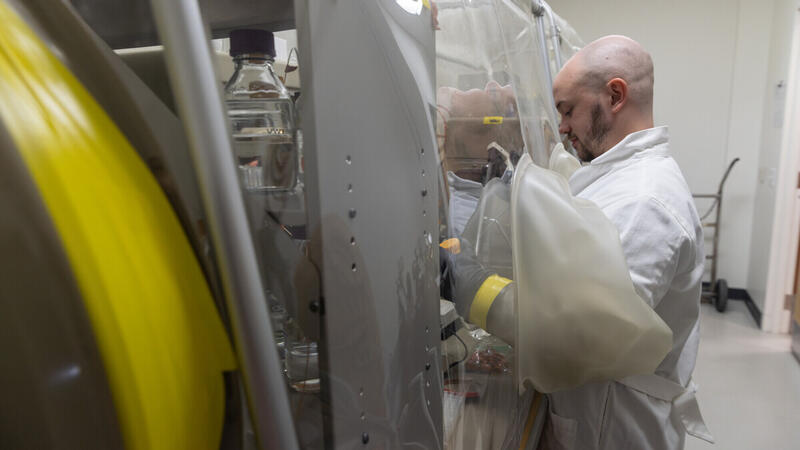News
Dual approaches pinpoint genes for better biofuel production
The American Association for the Advancement of Science, or AAAS, has awarded the distinction of Fellow to six MSU faculty members this year, including GLBRC researchers Eric Hegg and Cheryl Kerfeld. These individuals have been elevated to this rank because of their efforts toward advancing science applications that are deemed scientifically or socially distinguished.
Cool morning dew sparkled off an army of deep green blades; somewhere close an abrupt rustle originated. The green sea parted, a young fawn appeared, and the world became still for only a moment. Experiencing a research summer at the W.K. Kellogg Biological Station isn’t only about understanding the natural world but appreciating it as well.
Dr. Alexandra Kravchenko, Michigan State University professor in the Department of Plant, Soil and Microbial Sciences, along with several of her colleagues, discovered a new mechanism determining how carbon is stored in soils.
Anne-Sophie Bohrer, Great Lakes Bioenergy Research Center (GLBRC) postdoctoral research associate at Michigan State University (MSU), specializes in resilience. Originally from France, Bohrer moved to the United States after her PhD to study plant metabolism at MSU and now researches the metabolic makeup of switchgrass with GLBRC.
Acclaimed biologist E.O. Wilson dubbed invertebrates as “the little things that run the world.” More than 95% of all animal species are invertebrates, with species adapted to thrive in the driest of deserts to the ocean depths. Despite their hidden lifestyle, they can have potentially large impacts on key ecosystem processes important for reducing further climate warming.
Four Great Lakes Bioenergy Research Center researchers have been named to Clarivate Analytics’ 2019 list of “Highly Cited Researchers.” Those named include James Dumesic, UW–Madison professor of chemical and biological engineering; John Ralph, UW–Madison professor of biochemistry; G.
We might not notice them, but the crops farmers grow are protected by scores of tiny invertebrate bodyguards. Naturally occurring arthropods like spiders and lady beetles patrol crop fields looking for insects to eat. These natural enemies keep pests under control, making it easier to grow the crops we depend on.
Thousands of years ago, as humans tamed wild animals and plants into livestock and crops, their penchant for intoxication also led them to unwittingly domesticate a hidden workhorse of civilization: yeast.
The microbiome offers nearly limitless potential for research in areas from wastewater treatment to pharmaceutical drug production. University of Wisconsin-Madison engineers have published a paper encouraging colleagues to adopt common engineering methods to further microbiome research and development.





